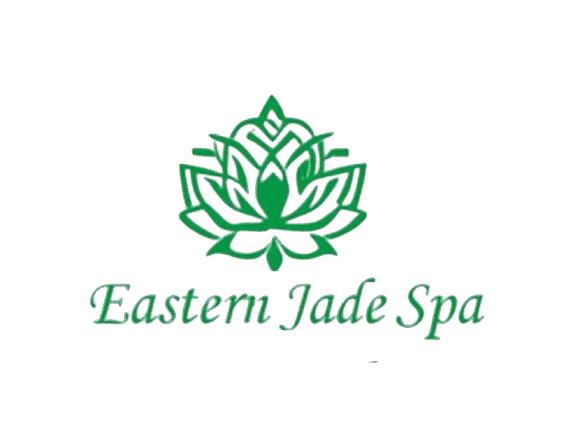Introduction to Full Body Massage
In our fast-paced world, stress is a common companion, and finding effective ways to relax is essential for maintaining mental and physical health. One of the most renowned methods for achieving relaxation and improving circulation is through full body massage. This therapeutic practice not only eases tension but also enhances blood flow, contributing to overall well-being. In this article, we’ll delve into how full body massage supports relaxation and circulation, providing a holistic approach to health.
The Science Behind Relaxation Through Massage
Full body massage is a time-honored technique that promotes relaxation by targeting various muscle groups. The process involves the application of pressure on the body, which stimulates the nervous system and encourages the release of endorphins—chemicals in the brain that act as natural painkillers and mood elevators. This release leads to a reduction in stress hormones like cortisol, fostering a sense of calm and relaxation.
Moreover, massage therapy activates the parasympathetic nervous system, which is responsible for the ‘rest and digest’ response. This activation helps slow down the heart rate and lowers blood pressure, creating a tranquil state. The rhythmic strokes and kneading motions of a massage can also alleviate muscle tension, further contributing to a relaxed state.
Some of the notable benefits of relaxation through massage include:
- Reduction in anxiety and stress levels
- Improved sleep quality
- Enhanced mood and mental clarity
Incorporating regular full body massages into your wellness routine can significantly improve your mental and emotional health, providing a break from the daily grind.
